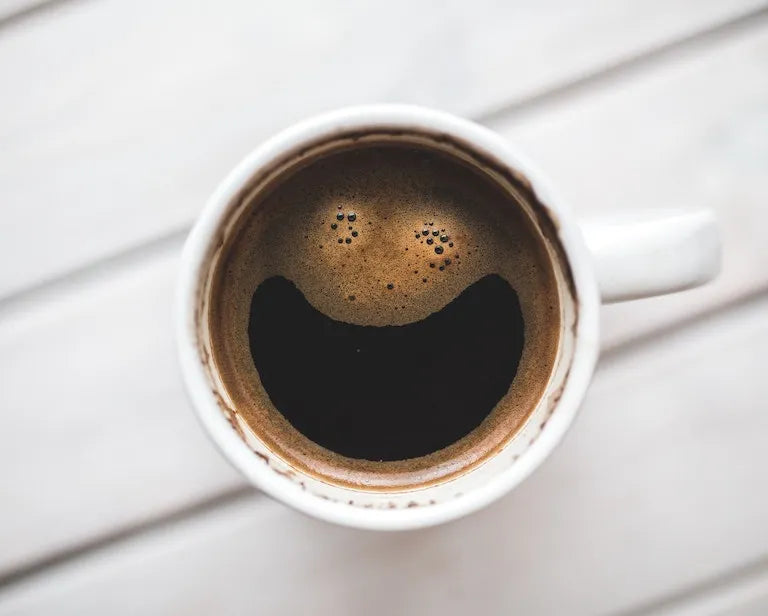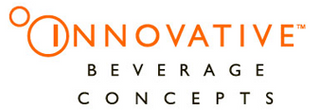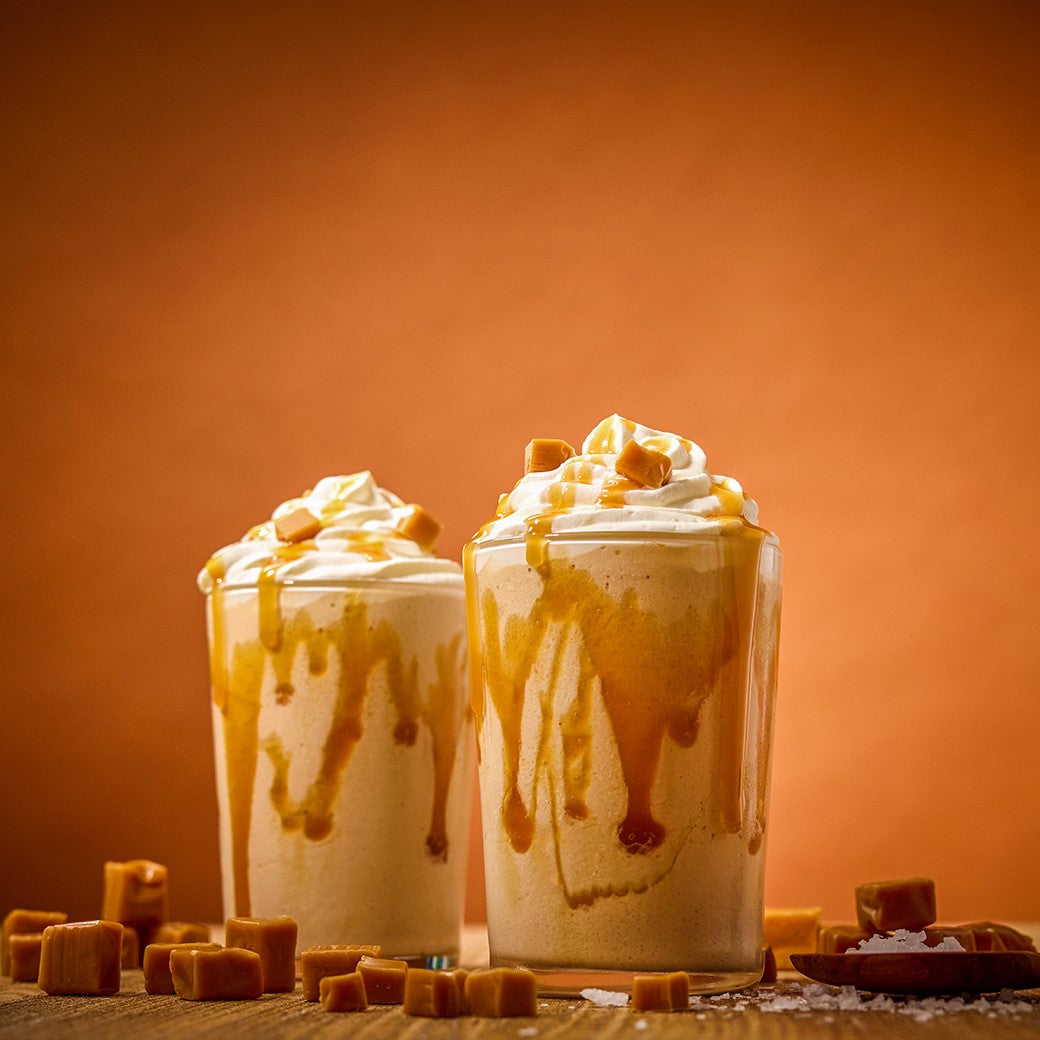Caffeine: A Love Story

C8H10N4O2
That’s it. It may not look like much, but this precise combination of carbon, hydrogen, nitrogen, and oxygen has helped you crush it at the gym, close big deals at work, and survive New Year’s Day.
We’re talking, of course, about caffeine. We all know when we need our fix, and we all know where to get it. However, this little chemical is complicated, and its history, production, and cult following deserves a second glance.
FIRST OFF, WHAT IS CAFFEINE?
Caffeine is a chemical compound that can be produced either in nature or in the lab. It is estimated that 90% of adults in North America consume it (80% worldwide) making it the most consumed psychoactive substance in the world.
WHERE DOES CAFFEINE COME FROM?
Caffeine can technically come from two different sources: natural or synthetic. There are about 60 plant species across the globe that naturally contain caffeine. The most notable natural sources are coffee beans, cocoa beans, tea leaves, and guarana berries.

In recent decades, there has been an explosion of synthetic caffeine, which is caffeine made in laboratories. This synthetic form of caffeine can absorb into the blood stream quicker, creating more intense but shorter-lived energy bursts, followed by more exhausting comedowns. This type of caffeine is usually what’s found in energy drinks, sodas, etc.
SO HOW DOES CAFFEINE WORK?
Caffeine works through a bit of tomfoolery. Inside of your brain, exists both adenosine and adenosine receptors. Throughout the course of the day, adenosine binds to the adenosine receptors, which leads to decreased nerve cell activity and ultimately feelings of drowsiness. This is a daily cycle and contributes to your normal sleep cycle.
However, the caffeine molecule looks incredibly similar to adenosine. So similar, in fact, that it is able to fool the adenosine receptors into thinking that it actually is adenosine. When this happens, the caffeine binds to the receptors, it blocks the adenosine from doing so. Similar to a busy parking lot, there’s only a certain amount of spaces available. The adenosine is left driving around looking for a place to park. This results in not really a boost of energy, but a complete lack of tiredness.
However, caffeine’s effects haven’t stopped there. A complete lack of tiredness is nice, but another chemical swing is taking place in your body that will send you into overdrive. Caffeine induces a surge of dopamine, which is an incredibly powerful mood-boosting, energy-lifting chemical. When you have voided your body of drowsiness and flooded it with dopamine, you’re in for a wild ride. Weights will be lifted, to-dos will be crossed off, and enemies will be vanquished *insert sinister laughing*.
WHAT DOES CAFFEINE TASTE LIKE?
Caffeine on its own, tastes bitter, alkaline, and slightly soapy. In coffee, soda, and other beverages it actually contributes to the overall flavor of the drink. It achieves this by actually reacting with the other ingredients to produce new flavors. Removing caffeine from the coffee and beverages changes the flavor of the drinks because the products are missing the bitterness of the caffeine. When you remove caffeine from the coffee beans, the flavor profile changes to become a little bit lighter than a caffeinated roast.
HISTORY OF CAFFEINE
It’s hard to put an exact date on when caffeine started being used by humans. Its usage doesn’t stem from a single source, a single era, or even a single continent. Guarana and Yerba Mate are plants that contain caffeine and are native to South America. It’s believed that ancient tribes consumed these plants long before recorded history even began. Kola nuts, found in Africa, have been chewed by natives for thousands of years and cocoa beans have been eaten in large quantities in South America for a comparable amount of time.
However, most of us are not as concerned about Yerba Mate or Kola Nuts as we are about coffee and tea.
There is some debate as to where and when tea originated, although there is a Chinese legend that seems to know the answer. The legend has it that infusing tea leaves into water began in 2737 BC by accident. A tea leaf fell from a tree into Emperor Shen Nong’s boiling pot, ultimately leading to the first boiled tea drink.

However, evidence for this story is scarce. The idea of boiling tea leaves likely stemmed (no pun intended) from people chewing tea leaves for energy or other medicinal purposes. For those working long hours in the fields of farming villages in Southwestern China, tea leaves would make an ideal snack to chew on while working thanks to their stimulating effects. It would only be a matter of time before someone decided to boil them in water.
Coffee’s origins are also murky, though it’s generally believed to have originated in Ethiopia in the 1400’s. There are a number of legends that claim to know the first use of coffee, although none can truly be proven. However, most of them begin with either people or animals eating the coffee beans first, rather than boiling them into a drink. After its inception in Ethiopia, coffee began to spread north through Egypt and up into the Middle-East. From the Middle-East, it spread over to Europe and ultimately to the Americas. In fact, it surged in popularity during the Revolutionary War, as colonial soldiers stopped drinking tea in defiance of England.
MORE THAN A PICK-ME-UP
Chances are, you’ve used caffeine as a pick-me-up to get you through the morning hours. However, there are a number of alternative uses for caffeine that you may not have considered. One of the most common alternate uses, is taking caffeine to cure headaches. This is because headaches and migraines often stem from a swelling of blood vessels in the brain, and caffeine tends to shrink blood vessels, thus reversing the symptoms. This is especially potent when combined with aspirin.
Caffeine is also used in a litany of skincare and haircare products. It can work as both an antioxidant and an anti-irritant which makes it ideal for skincare routines focusing on skin comfort and anti-aging.
Just as caffeine helps your brain perk up, it can also help your respiratory system do the same. In fact, caffeine is known to reduce respiratory muscle fatigue, which makes it an attractive option for those who suffer from asthma. Studies have shown that it can improve lung function for up to a few hours after dosage. While it’s not enough to replace your inhaler (seriously, don’t), it can provide the boost asthma sufferer’s need to feel more comfortable on a daily basis.
RECOMMENDED DOSAGE
So how much caffeine should you be ingesting? The general recommended daily maximum is 400mg. This is meant to be spread out throughout the day, and certainly not taken all at once. It’s important to note that this recommended amount can change, and if you take any medications or have any preexisting conditions you should always consult your healthcare practitioner beforehand.
HOW MUCH CAFFEINE IS IN TYPICAL DRINKS?
Your typical 8oz cup of home-brewed coffee contains between 100 and 150 milligrams of caffeine. If you’re drinking 3 cups per day, you’re likely hitting (or going over) the recommended maximum. Teas usually contain much less caffeine than coffee, normally in the 25 to 75 milligram range, which is similar to most soft drinks. Energy drinks often have around 150 milligrams, and pre-workout supplements can contain between 200 and 350 milligrams per serving.
If you want a more exhaustive list of caffeine contents, check out this chart from the Center for Science in the Public Interest.
CAN CAFFEINE BE REMOVED?
Removing caffeine from coffee is complicated because the alkaloid is a part of the actual coffee bean. The two processes used to decaffeinate coffee are the Swiss water bath and the ethyl acetate wash. During the Swiss water bath, coffee is decaffeinated using osmosis in a water bath. Simply soaking the coffee beans may remove the flavor and aroma as well as the caffeine, so the coffee is soaked in water enriched with caffeine-free green coffee extract. The resulting taste of the coffee bean is a milder flavor compared to the original coffee beans, plus the flavor of coffee extract.
During the ethyl acetate wash process, caffeine is extracted from the beans using the volatile organic chemical ethyl acetate. Ethyl Acetate, although it sounds scary, is actually found naturally in many fruits and vegetables. When the chemical washes through coffee beans, it removes the caffeine molecules. The chemical is then removed by evaporation and washing. This process alters the flavor of the beans, often giving them a fruity flavor similar wine or bananas.
CONCLUSION
Regardless of what you use caffeine for, there’s a good chance that it makes a daily appearance in your life. From skincare routines to pre-workout supplement this molecule has made a profound effect on society as we know it. In its few thousand years of use, it has built a global cult-following, started wars, started businesses, cured ailments, and comforted many. This little combination of carbon, hydrogen, nitrogen, and oxygen has become monumentally popular, and shows no signs of stopping.
Ready to get your caffeine fix? Check out the MOCAFE store to see the countless options available for your morning pick-me-up.




